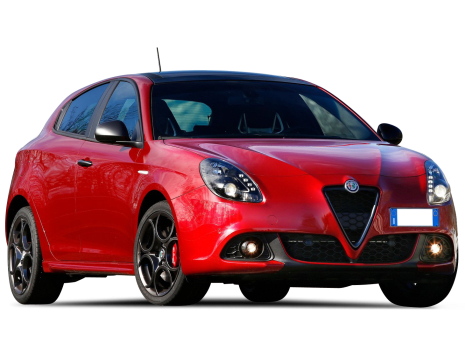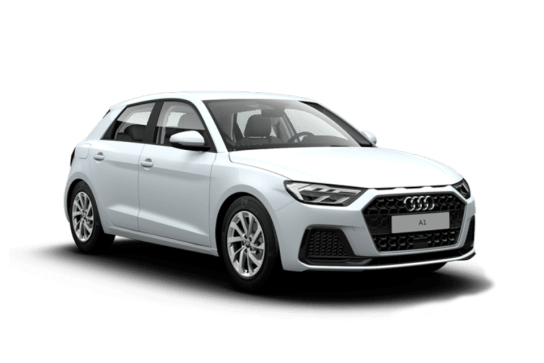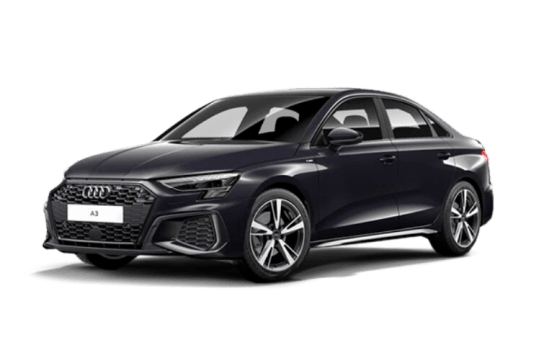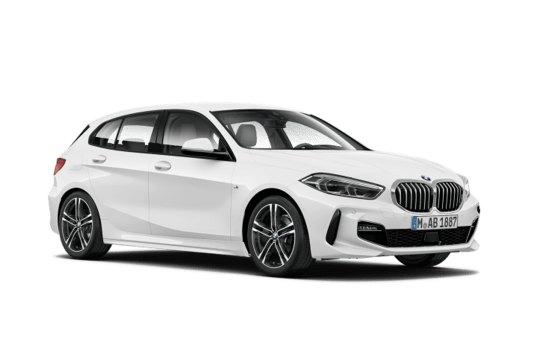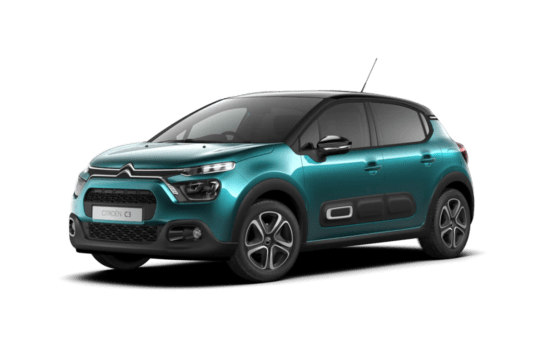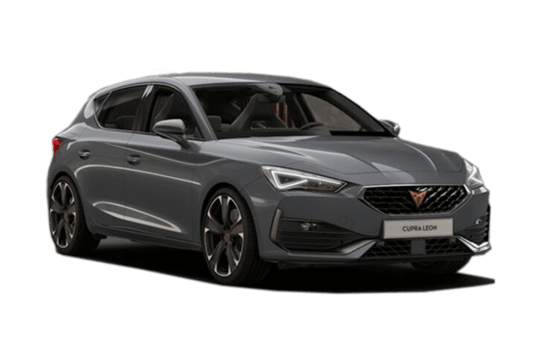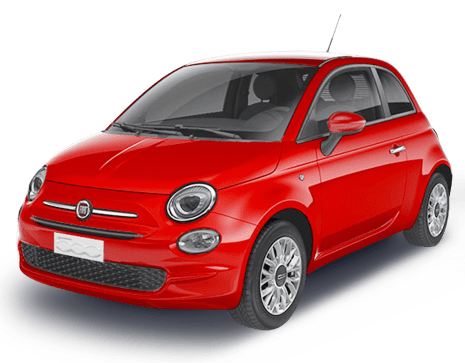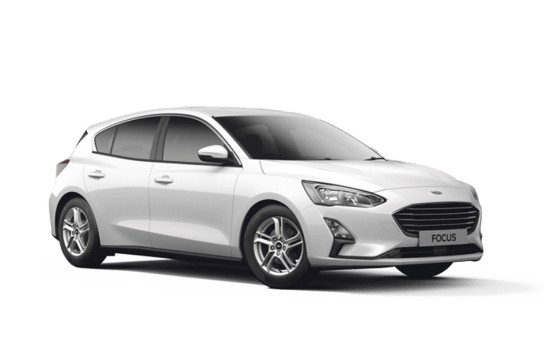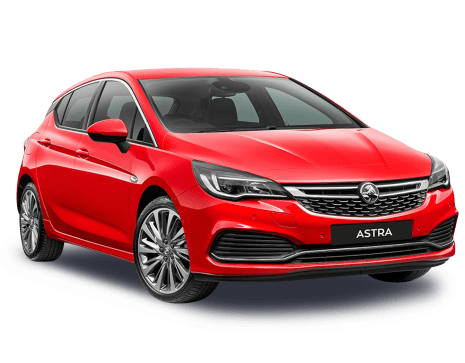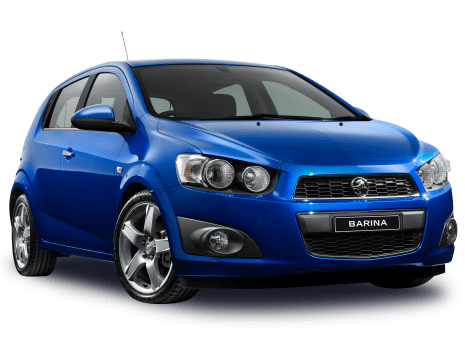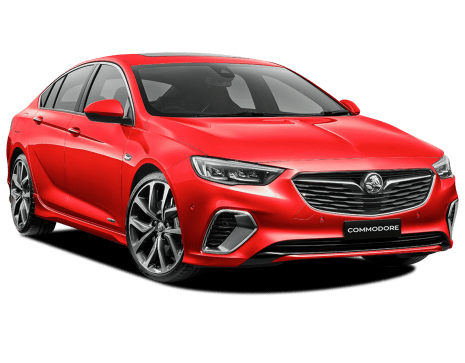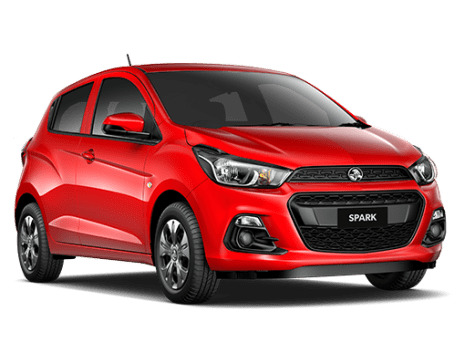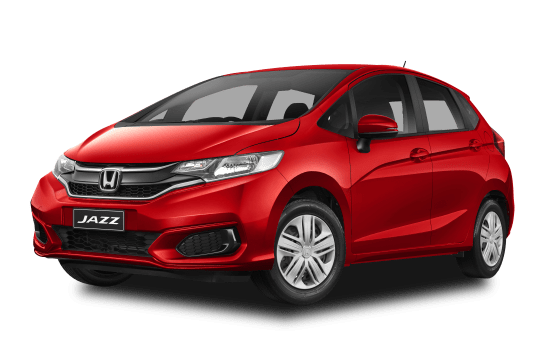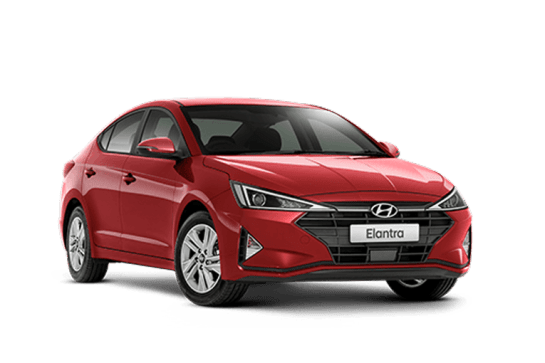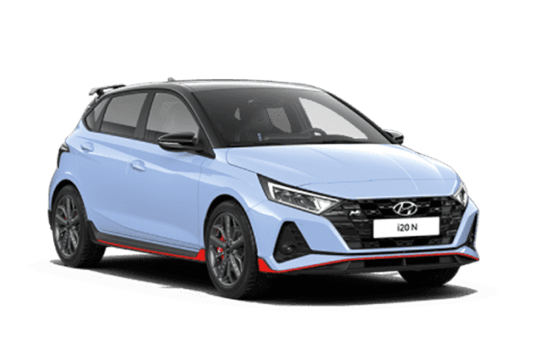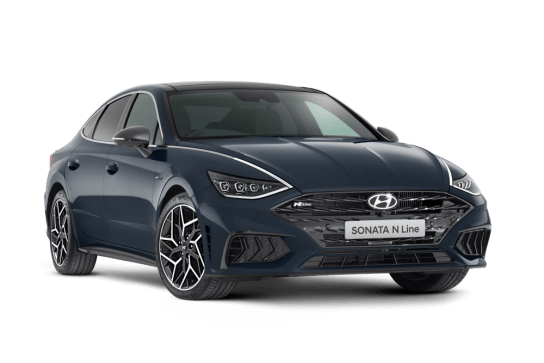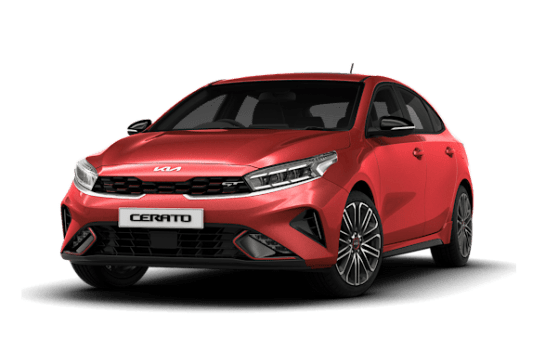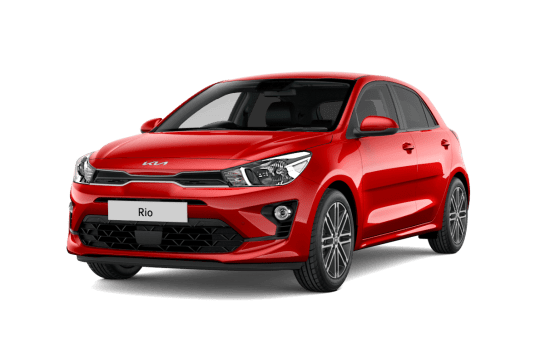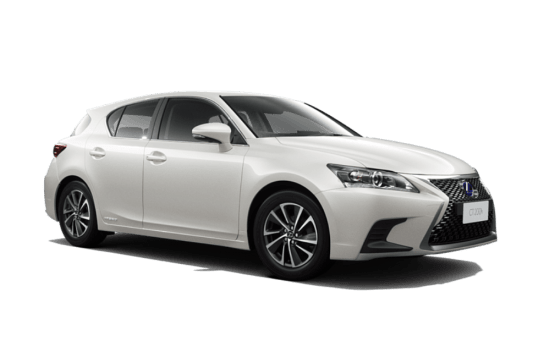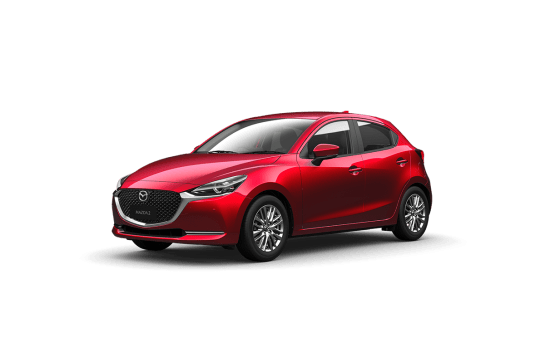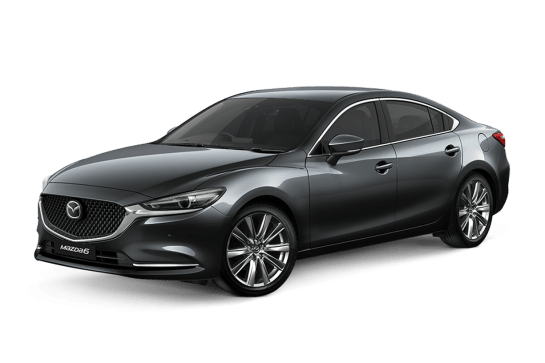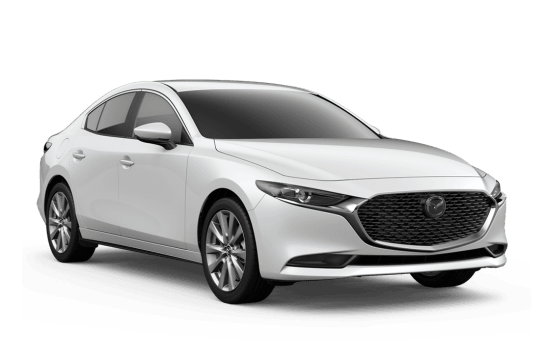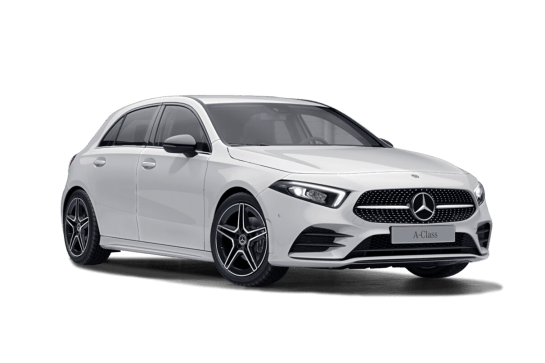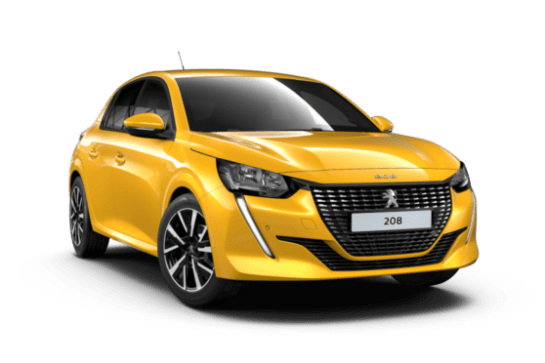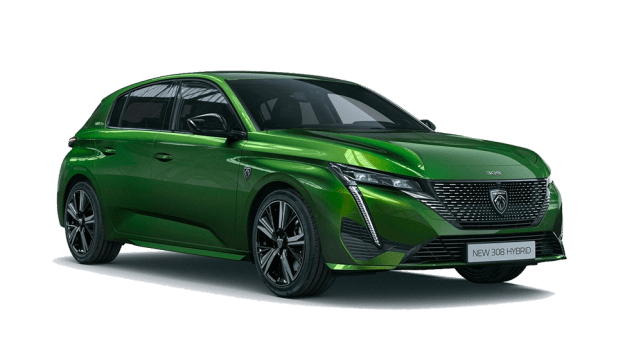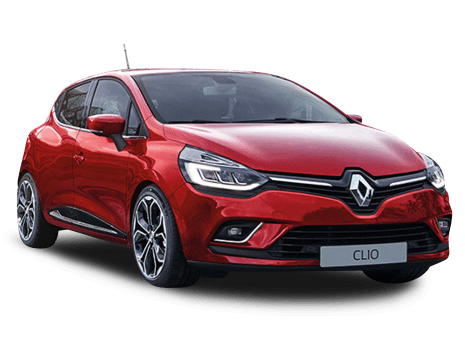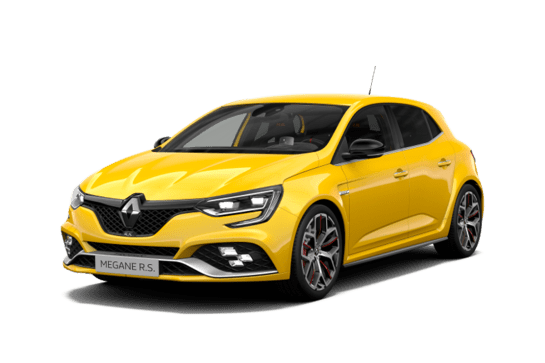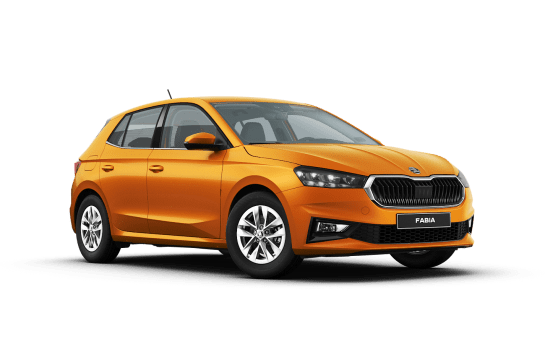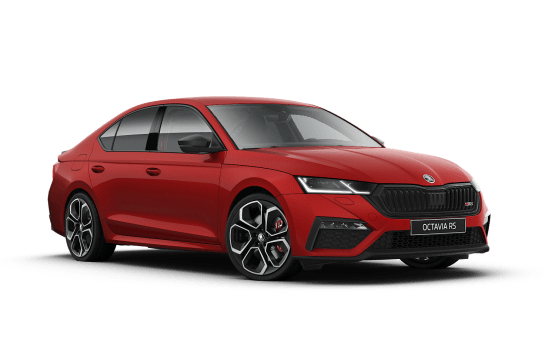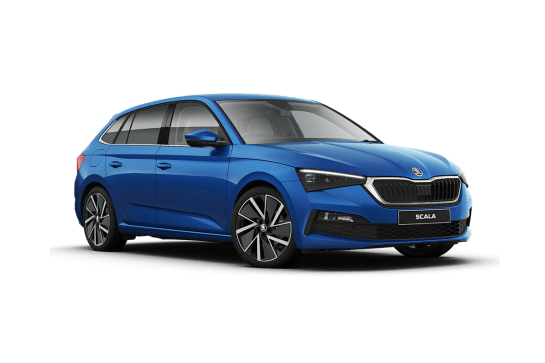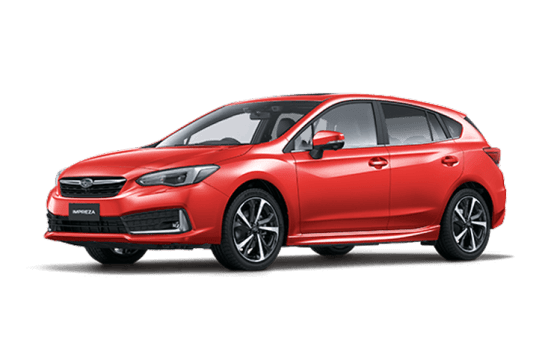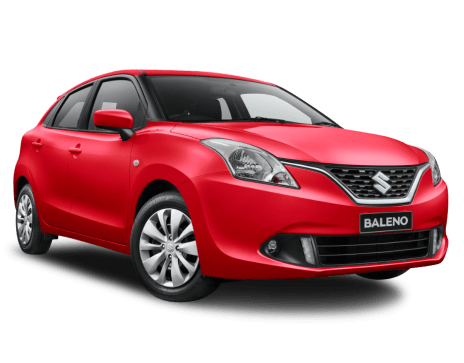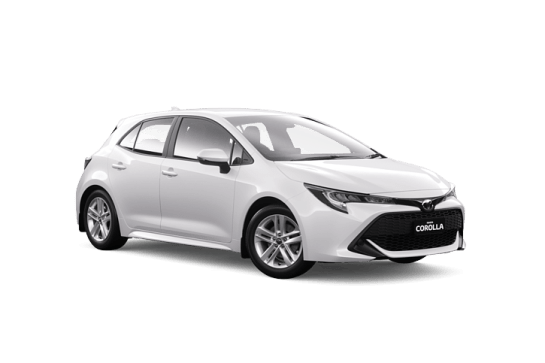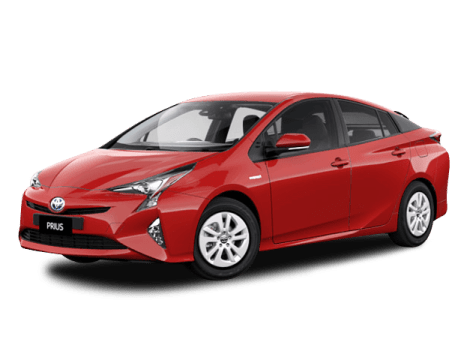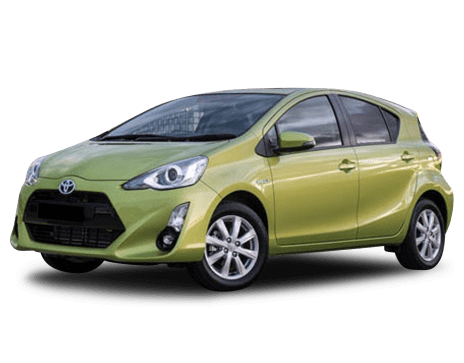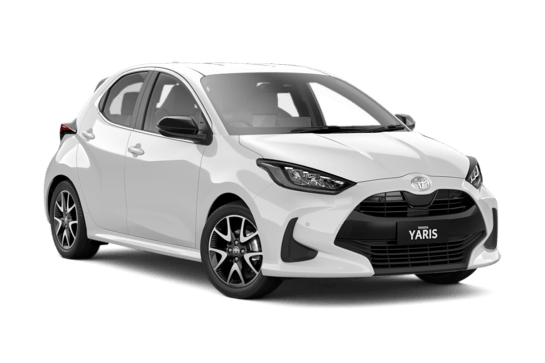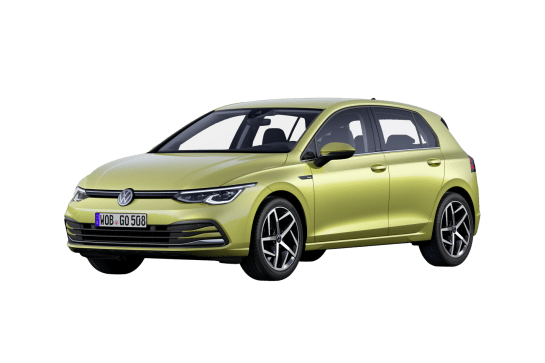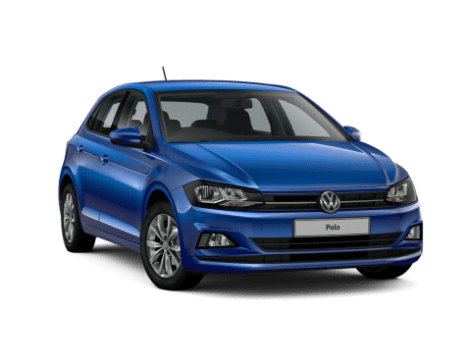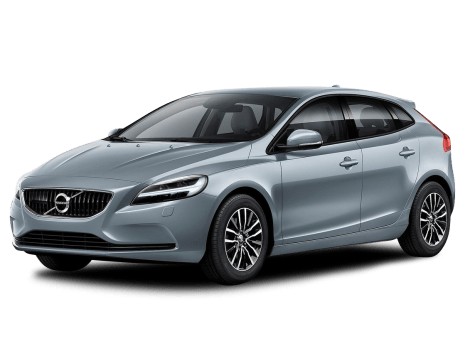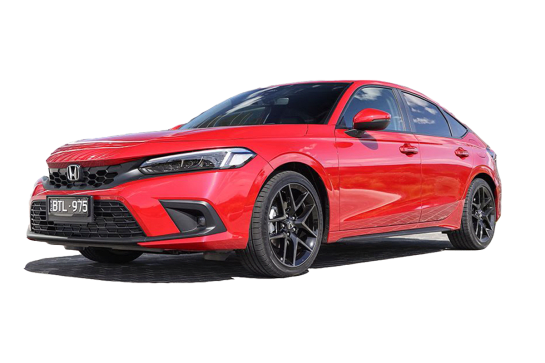
Honda Civic VS Holden Astra
Honda Civic
Likes
- Great interior
- Lovely chassis
- Excellent engine
Dislikes
- Missing some safety gear
- Tight access to boot space
- Old media software
Holden Astra
Likes
- Sedan's comfy and composed ride
- Hatch's beautiful styling
- Aussie tuning for sedan and hatch
Dislikes
- No AEB in sedan
- Hatch's storage could be better
- Sedan's rear headroom limited
Summary
Honda Civic
The Honda Civic's 10th generation is drawing to an end. Well, I say that, but there's still a pretty solid chance that the 11th generation won't quite be here this time next year.
I make the point because we've already seen a "prototype" for series 11 of the Honda Civic Story, but also because we won't actually get the car we've seen – the sedan. Just 20 per cent of Civic sales go to the booted version and then you have to merge that data with the rise of SUVs, both with Honda buyers and the market at large.
Things is, I think the sedan is the better of two for a variety of reasons which I will explain below. I also think the Civic, despite its advancing "age" (four years isn't really that long in the current climate) is still a fairly sensible choice among its peers, which include some serious competition.
| Safety rating | |
|---|---|
| Engine Type | 1.5L turbo |
| Fuel Type | Regular Unleaded Petrol |
| Fuel Efficiency | 6L/100km |
| Seating | 5 seats |
Holden Astra
There are two types of people in this world*. Those who like hatchbacks, and those who prefer sedans.
We're not making any judgments. If you're a sedan fancier, it's your business, and hatchbacks have their leagues of loyalists, too. Whichever way you lean, Holden hopes it has something to please you with hatch and sedan versions of its Astra small car.
This is the mothership of Astra reviews, taking both the hatch and sedan into account to help you make a better decision.
| Safety rating | |
|---|---|
| Engine Type | 1.4L turbo |
| Fuel Type | Regular Unleaded Petrol |
| Fuel Efficiency | 6.1L/100km |
| Seating | 5 seats |
Verdict
Honda Civic7.3/10
As a car to drive, the Honda Civic feels great. It had a good start, but the later addition of the turbo 1.5 and the continuous honing of the chassis, steering and driveline – an endearing, unheralded trait that Mazda and Honda do so well – has taken what was a solid car and turned it into one I'd genuinely consider owning, even in this wild orange colour.
What it doesn't have is a full suite of safety systems, which is a real shame, because its main rivals do. Some of us are happy to forego things such as reverse cross-traffic alert and some are not. If you can, the Civic sedan should be in the reckoning. And the clock is ticking.
Holden Astra7/10
The Astra sedan is a different car to the hatch – but then it's really aimed at different people, perhaps more mature ones. I mean, one of the sedan's paint colours, 'Old Blue Eyes', isn't available on the hatch. This could be a hint.
Either way, the sedan could be a better pick for you because of its more comfortable ride, extra rear legroom and bigger boot.
The hatch is a much better looking car. It's also more refined and stylish inside and out. The hatch comes with a more powerful engine and better handling, but its ride is not as comfortable as the sedan's.
As for the sweet spots for each range. For the sedan it's the LS+ with its great safety equipment at a good price. For the hatch line-up, it's the RS because it comes with the larger 1.6-litre engine, advanced safety equipment, and many of the features on the top-spec RS-V, which is $4500 more.
*But wait, there really are more than just two types of people in this world. There are wagon people, too. And Holden will soon have that covered when the Astra Sportwagon arrives by the end of the year. And that one looks a lot like the hatch.
Are you a hatch or sedan person? Lets us know what you think in the comments section below.
Design
Honda Civic
Making fun of the Civic's over-supply of angles and lines is really very easy, so for once I'll refrain. Partly because the sedan is better than the hatch in this respect and also because – somehow – I have become quite fond of its wacky face. The sedan's profile is also more flowing and, with all the RS piano black and extra aggro (which ironically means yet more lines and angles), it sat much more happily in my camera lens than before. I wonder if the Civic's controversial looks have aged well in the same way Chris Bangle BMWs have? Because we're all suddenly pretty fond of those now, aren't we?
My changed opinion is bound to infuriate Honda's designers who have cleaned up the Civic for its next version. At this point I should mention that the sedan is on its last legs here in Australia – we won't be getting the next one.
The interior is as good-looking as it is practical. I still don't like the angles of the gauges in the left and right sections of the dash, but the central digital dash section is really good and easy on the eye. The RS picks up some subtle features like the strip of chequered flag fabric on the seats. It's a nice, clean look and I like the use of metallic materials on the climate controls and the stereo. It's a very calm interior, quite a contrast to the exterior.
Holden Astra7/10
The hatch is made in Germany, and is actually a rebadged Opel Astra, while the sedan is made in Korea, and is really a Chevrolet Cruze. And despite similar platforms underneath, they look different.
Holden has performed cosmetic surgery to bring them closer together, but they still look like distant cousins at best.
Let's focus on the hatch first. This seventh-generation car looks damn good, but it's near impossible to identify the different levels. The easiest way is to look at the wheels (design and size), while the RS has shiny metal blades on the grille, and the RS-V gets that, plus the same trim around the windows for a posher look.
The cabin is also good looking, but regardless of grade, doesn't have the premium feeling the car's exterior looks suggest. Don't get me wrong, the RS-V's interior is cool and stylish, but the use of glossy plastics and a lack of contrasting colour cheapens the vibe.
All Astra hatches have the same dimensions - 4386mm long, 1807mm wide and a height of 1485mm, which is a smidge longer than the Corolla and a bit shorter than the Mazda3. The RS-V auto is the heaviest at 1363kg.
Now the sedan. Holden has styled the front to look more like the hatch but I don't think it's fooling anybody.
The sedan's cabin is also different to the hatch's. We're talking completely different, from the steering wheel to the temperature controls. I'm more of a fan of the hatch's interior styling than the sedan's relatively basic look.
The sedan is 30cm longer than the hatch at 4665mm end-to-end, it's shorter in height though, standing 1457mm tall (-28mm), but is exactly the same width at 1807mm across.
Practicality
Honda Civic
The Civic's cabin is swimming in space and and filled with comfortable seats and lots of storage.
The back seat is super-spacious as it has been forever. Having driven the i30 Sedan last week, I'm having difficulty splitting the two for legroom and lounging space. Where the Civic loses out – and it's close – is in rear headroom.
There are four cupholders and bottle holders and a massive central bin between the front seats, big enough to conceal the massive new PlayStation 5 (okay, maybe not that big, but it it certainly looks big enough).
The boot holds a gigantic-for-a-small sedan 519 litres with the seats in place. Honda doesn't supply a total figure with the seats down, but it will be a lot. The opening for the bootlid is a little tight, so don't get too excited at Ikea.
Holden Astra7/10
This could be the clincher if you're wondering whether the hatch or sedan is roomier. And the answer may not be the one you expected.
So, in one sentence, the Astra sedan has more rear legroom, but less rear headroom than the hatch, while the sedan's boot is bigger, but I'd pick the hatch if I was using it to move house.
The first bit makes sense. The sedan has a longer wheelbase, meaning more legroom for passengers in the back. Even me, and I'm 191cm tall. In the sedan I still have about 5cm of space between my knees and the driver's seat set to my position, but I can only just squish my knees in when I'm in the hatch.
But in a cruel twist of design fate the roofline of the sedan is lower than the hatch's, and my head skims the ceiling.
The sedan's 445-litre boot is 85 litres bigger than the hatch's (360L), but I'd choose the latter to move house because it has a larger cargo opening. Fold the hatch's back seats down and you could slide a coffee table in, which is not going to happen in the sedan.
The sedan has better cabin storage areas, with four cupholders (two up front and two in the back), bottle holders in all the doors, and a decent-sized centre console storage bin. The hatch gets bottle holders in all the doors, and while there are two cupholders there aren't any in the back. The hatch's centre console bin is small, but there is a driver's side pull-out bin.
Price and features
Honda Civic
The Civic RS price has slowly crept north, along with the prices of its mostly Korean rivals, now at $34,090. It's a fair bit more than the Ford Focus ST-Line, but you can't get a sedan version of that and infuriatingly neither can you get the wagon.
The RS has 18-inch alloys, a 10-speaker stereo, faux leather seats (nothing wrong with that), auto LED headlights and DRLs, dual-zone climate control, reversing camera, front and rear parking sensors, keyless entry and start, electric driver's seat, auto headlights and wipers and a space-saver spare.
The 7.0-inch matte-finished touchscreen runs Honda's homage-to-the-80s software package that is bolstered by the presence of Apple CarPlay and Android Auto. It also has DAB, which is a nice touch, but it is missing built-in sat nav, which most of its rivals have.
Holden Astra7/10
Let's start with the hatchback. There are three grades of Astra hatch: the entry-level R lists for $21,990; then there's the mid-spec $26,490 RS, and at the top-of-the-range is the RS-V for $30,990. These are all prices with a manual transmission, and it's another $2200 on top if you want an automatic. There's a sort of bonus level, too – the 'R+' which is an R with advanced safety equipment, but costs $1250 more.
There are three grades to the Astra sedan range, too – but wait, they don't align with the hatch line-up, and even have different names.
The sedan kicks off with the LS spec at $20,490, if you opt for the manual gearbox, or $21,490 for the auto. Standard features at this level include 16-inch alloy wheels, auto headlights, a 7.0-inch touchscreen with reversing camera, Apple CarPlay and Android Auto support, as well as rear parking sensors.
There's an 'LS+' grade for another $1250 which adds advanced safety equipment, LED daytime running lights and a leather steering wheel.
The $25,790 LT gets all of the LS+ features and adds 17-inch alloys, an 8.0-inch touchscreen, proximity unlocking, auto parking, sat nav and rain-sensing wipers.
At the top of the pile, the $29,790 LTZ has all of the above, plus 18-inch alloy wheels, sunroof, climate control air con, and heated, leather-trimmed front seats.
Depending on the grade, the hatch costs $1000 to $2000 more than the sedan.
Under the bonnet
Honda Civic
The 1.5-litre four-cylinder has a light pressure turbo bolted in to produce 127kW at 5500rpm and 220Nm between 1700-5500rpm. Those numbers are 23kW and 46Nm up on the 1.8-litre, which goes without the turbo.
You can let the continuously variable transmission (CVT) look after the turning of the front wheels or if you're feeling sporty – not an unreasonable expectation if you've picked the RS – you can use the paddle shifters which tell the computer to put some fake gears into the box for you to shift up and down.
Holden Astra7/10
The Astra hatch comes with a choice of two petrol engines. A 110kW/245Nm 1.4-litre four-cylinder turbo powers the R grade, and a 147kW/300Nm 1.6-litre turbo four sits in the RS and RS-V.
All Astra sedans come with just the 1.4-litre engine.
Buyers have a choice of a six-speed manual (when paired with the 1.4-litre engine torque is 240Nm) or six speed automatic.
CarsGuide test pilot Stephen Corby drove the Astra R grade and pointed out that Holden notes a 0-100km/h time for the base car of "n/a", which pretty much says it all, while our RS and RS-V hatch drivers, including me, found the 1.6-litre to have good acceleration (claimed 0-100km/h in 7.8s).
The six-speed auto in the RS-V hatch is slow and emotionless, while the six-speed manual's short gear ratios keep the turbo going hard.
When it comes to the sedan engine, that 1.4-litre, while competent, doesn't impress the socks off me. But (with socks still well and truly on) it does suit the nature of the sedan far more. The hatch needs a gruntier powerplant to suit its sporty styling and firmer suspension. Lucky there's a 1.6-litre that delivers more mumbo.
Efficiency
Honda Civic
Honda's official testing suggets a combined cycle figure of 6.3L/100km which is lower than the 1.8-litre, a nice bonus when you have all that extra power to play with. My week with the Civic was mostly suburb-bound and I scored a respectable (indicated) 8.2L/100km.
Holden Astra7/10
First the hatch. Sure, the 1.4-litre engine is the least powerful but it also uses less fuel, with Holden's claimed combined cycle figure being 5.8L/100km in manual and automatic. The 1.4-litre also only requires cheaper 91 RON fuel. The 1.6-litre engine needs 95RON, and the official figure is 6.5L/100km in the manual and 6.3L/100km for the auto. You'll 52 litres of it to fill the tank.
These are low claims and the stop-start tech would help achieve those figures. Our own driving found real-world consumption is higher, with the RS recording 8.6L/100km on the dash computer, while the manual RS-V scored 7.1L/100km.
After 250km in the RS-V auto the trip computer was reporting 10.2L/100km. I also found the fuel gauge needle moved towards empty faster than rivals I've driven. I don't think the Astra's efficiency is the core issue here, more my driving style, and it could be down to the Astra's 48-litre fuel tank, which is three litres smaller than the Mazda3's, and two litres less than the Corolla and i30's.
The sedan returns similar mileage, with official (combined cycle) fuel consumption for the manual sitting at 5.8L/100km, and the auto at 6.1L/100km. The trip computer in our automatic LS reported 8.2L/100km after a little more than 100km of country road driving.
Driving
Honda Civic
This iteration of the Civic has been with us for a while now. I wasn't absolutely sure about it when I first drove it – that was partly down to the less-than-stellar 1.8 and an at-times doughy CVT.
Over the years I've been very lucky to drop my posterior into two, three or even four Civics per year. During that time I have noted some subtle changes, such as the CVT's more attentive nature and the progressive improvement of the ride on particularly bumpy surfaces, such as Sydney's concreted arterial roads.
The RS itself is no different mechanically to the other 1.5-litre turbo-engined cars in the range (it's an entire engine's worth of power short of the madcap Type R) but over the years, that has meant good things. I've always liked the low-set driving position, it's lower than many hot hatches. You sit in and down in the Civic and it feels quite sporty.
Turn the wheel and it's all very positive, with a very pleasant ride and handling balance. The CVT is still a CVT but, especially in the turbo, it has more grab off the line and doesn't indulge in flaring as you'd find in a Subaru, turbo or not. It's actually fun to drive, especially if you draft in the paddles to do some work.
But it's also a car you need never provoke to enjoy driving. The comfortable ride and secure handling make it the kind of car anyone can like. The steering wheel is just right, the controls all feel really nice to use and touch. There's nothing particularly flashy about the Civic apart from its looks, but it's such a comfortable car with a super-solid feel to its engineering.
The main advantage of the turbo engine is that it doesn't have to work as hard as the 1.8 to keep the Civic moving. The extra torque is always there and makes it a much more relaxed car around town than the 1.8-powered Civics, while giving you the extra grunt to push out into traffic, or pull off a tricky overtake.
Holden Astra7/10
Three CarsGuide reviewers drove three different versions of the Astra, and it's pretty clear the R didn't impress in the same way the RS and RS-V did. While the chassis felt great, the issue was put down to the 1.4-litre engine, which had to work hard while the automatic droned on.
I took the RS-V on my 150km country road test loop and found the chassis to be taut and well balanced, and by the feel of the firm dampers, set-up for more sporty driving and handling rather than comfort.
The RS-V's 18-inch rims, with low-profile 225/40 R18 92W Bridgestone Turanza rubber mean you'll feel almost every crack and bump in the road. Great grip, but the ride isn't comfortable.
The six-speed automatic doesn't match the 1.6-litre engine's perky personality, in that it's slow to change gears. Shift paddles on the steering wheel would add more connection to the driving experience.
Vani's RS-V was a six-speed manual and she loves how quickly that gearbox responds. All all our testers agree the steering is accurate, but artificial and light, although the sport mode gives it more weight, along with changing the throttle response to be sportier.
While the hatch has sporty styling and a firmer ride, Holden has tuned the placid-looking sedan's suspension to be comparatively supple. It's a far more comfortable drive.
I had seat time in each grade. The LS with the manual is the most enjoyable to drive - shifting is easy, the gear ratios are nicely spaced and I could get more out of that 1.4-litre engine.
Being tall and all arms and legs, I found I had to drive with the middle armrest up – my elbow kept bumping into it otherwise when shifting. The clutch also has a high return position.
The auto-only LT and LTZ ride just as comfortably as the LS manual. Steering on all grades has been tuned for Australian roads, and it feels accurate, well weighted and smooth. I've driven far fancier cars with steering that isn't anywhere near this good.
Cabin insulation is also impressive in the sedan – the hatch on the other hand has a fair bit of noise intrusion.
And that engine? Well, you're not going to win any drag races, but the comfortable ride and smooth steering, combined with looks that don't promise land speed records means it's far more suited to the sedan than the hatch.
Even with two well fed Holden employees and myself on board, the sedan didn't once feel like it was running out of puff, even on steeper hills.
The Astra sedan doesn't have the handling ability of its hatch sibling, it also has a ridiculously large turning circle of 11.9m (the Mazda3's is 10.6m), but it just skims in at seven out of 10 thanks to that great steering feel, and well-tuned suspension, keeping the ride comfortable and composed.
Safety
Honda Civic
All Civics come with six airbags, ABS, stability and traction controls.
The Honda Sense package adds forward collision warning, forward AEB (high and low speed), lane departure warning and lane keep assist.
One of my favourite Honda quirks is LaneWatch. Flick the indicator for a left-hand turn and the media screen displays the output of a camera pointed down the left-hand side of the car. It's still too bright at night, but you can disable it or tap the button on the end of the indicator stalk to cancel it.
You also get two ISOFIX anchors and three top-tether points.
The Civic sedan was last assessed by ANCAP in April 2017 and scored five stars.
Holden Astra7/10
Despite the fact AEB is standard on the RV and RS-V hatches, but not offered on the sedan at all, both body styles score a maximum five-star ANCAP rating.
The R+ hatch adds a safety pack which includes such as AEB and lane keeping assistance.
The LS+ sedan is $1250 more than the LS and comes with suite of safety gear including lane keeping assistance, lane departure warning and forward distance indicator.
You'll find two ISOFIX mounts and three top tether points for child seats across the back row in the sedan and hatch.
Ownership
Honda Civic
Hondas ship with a five-year/unlimited kilometre warranty, which is competitive as more and more manufacturers consider this a minimum.
The "Tailored Servicing" program caps nine of the first 10 services at $281, with just one service jumping to $310. That's reasonable value for a turbo engine, except servicing is every 12 months or 10,000km. That means more than one trip per year to the dealer if you drive more than 10,000km per year.
Holden Astra7/10
The Astra hatch and sedan are covered by Holden's three-year/100,000km warranty.
Servicing is recommended every 15,000km or annually. The Astra also comes with Holden's life-time capped-price servicing. You'll pay $229 for each of the first four services, then $289 each for the next three before stepping up higher as the car ages.



